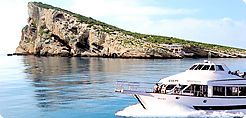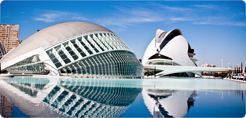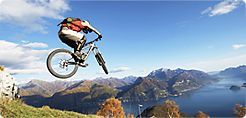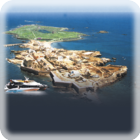Benidorm at 700: From Fortress Village to Coastal Icon
In 2025, the city of Benidorm celebrates an extraordinary milestone: 700 years since it was officially granted its town charter. On May 8th, 1325, Admiral Bernat de Sarrià, acting on behalf of the Crown of Aragon, bestowed a settlement charter upon a small, fortified fishing village nestled along Spain’s Mediterranean coast. That moment marked the beginning of Benidorm’s recorded civic life—and its transformation over seven centuries from a strategic coastal outpost into one of Europe’s most iconic tourist destinations.
Origins in the Reconquista
Benidorm’s early history is shaped by its strategic location on the Costa Blanca. The area had seen human settlement since prehistoric times, and during the Islamic period (8th–13th centuries), it was part of the larger taifa kingdoms that controlled southeastern Iberia. With the advance of Christian forces during the Reconquista, Benidorm fell under the rule of the Crown of Aragon.
The 1325 charter was a calculated move. Admiral Bernat de Sarrià sought to repopulate and fortify the coastline against pirates and Muslim raids from North Africa. The charter granted land rights, fishing privileges, and tax exemptions—tools of medieval social engineering—to encourage settlers. The town’s fortifications and a nascent church laid the foundations of a resilient coastal community.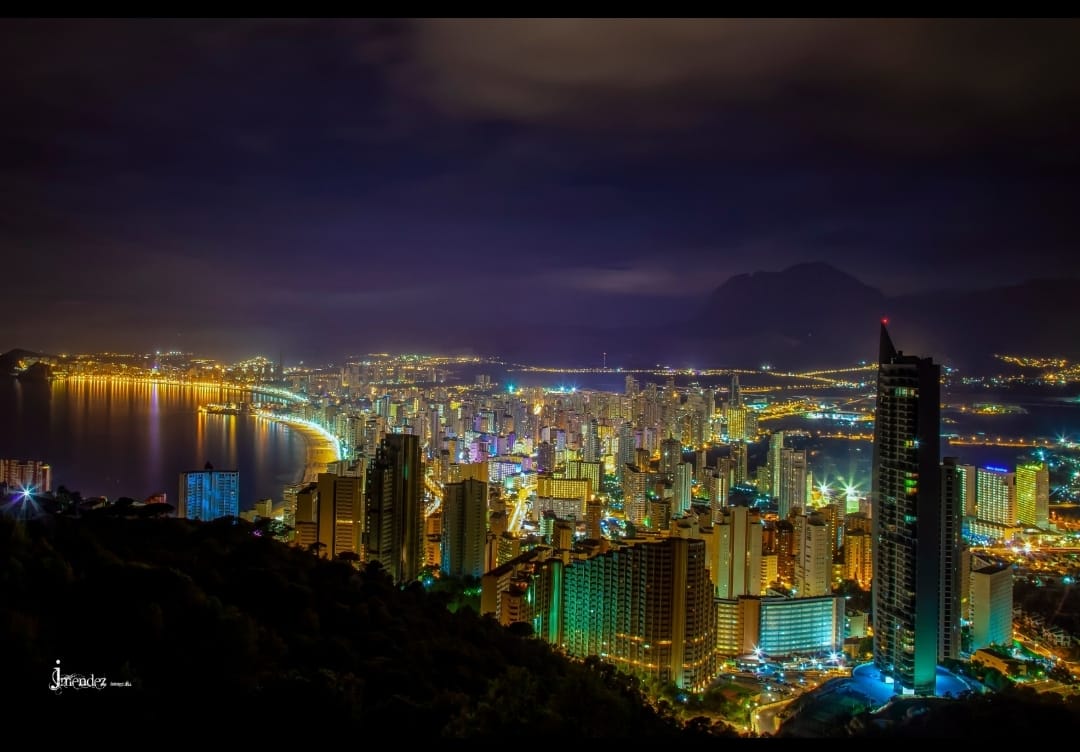
Centuries of Struggle and Survival
For the next several centuries, Benidorm’s fortunes rose and fell with broader geopolitical currents. It remained a modest fishing village, repeatedly besieged by Barbary corsairs during the 15th and 16th centuries. The local economy centered on agriculture and, especially from the 17th century, tuna fishing using the traditional almadraba method. The Church of San Jaime, built in the 18th century, stands as a symbol of this era, overlooking the bay that sustained generations.
Despite its picturesque setting, Benidorm remained isolated and poor well into the 20th century. Droughts, emigration, and economic hardship characterized much of the 1800s and early 1900s, and the Spanish Civil War further disrupted local life.
Reinvention in the 20th Century
Benidorm’s true renaissance began in the postwar decades. In 1956, Mayor Pedro Zaragoza Orts made the bold decision to embrace mass tourism. He lobbied General Franco’s government to allow bikinis on Benidorm’s beaches—a then-scandalous proposal—and spearheaded urban planning reforms that set the city on a new course. High-rise hotels, clean beaches, and an international profile followed.
By the 1970s and 1980s, Benidorm had become synonymous with package holidays, attracting millions from Britain, Germany, and the Nordic countries. Its skyline, sometimes compared to Manhattan’s in miniature, became emblematic of Spain’s coastal tourism boom.
A City of Contrasts at 700
Today, Benidorm is a paradox: a symbol of both mass tourism and Mediterranean charm. With over 70,000 permanent residents and more than 5 million visitors annually, it balances vibrant nightlife with historic quarters. The old town, with its narrow streets and whitewashed buildings, still echoes the modest village it once was. Meanwhile, sustainability efforts—ranging from smart city infrastructure to coastal preservation—signal a shift toward responsible tourism.
Benidorm at 700 is more than a celebration of longevity. It is a reflection of resilience, reinvention, and cultural hybridity. The city’s journey from a 14th-century coastal bastion to a 21st-century tourism powerhouse offers a lens into the wider story of Spain: its conflicts, its creativity, and its capacity for transformation.
As the city commemorates this septcentennial, its people—locals and visitors alike—look ahead, poised to shape the next chapter in Benidorm’s remarkable story.
MKH - Benidorm Excursions


